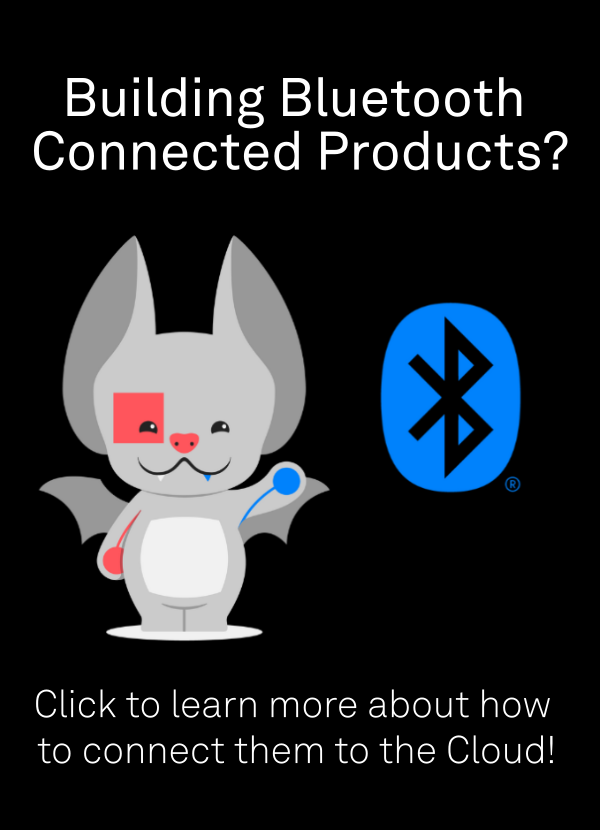Golioth’s Bluetooth-to-Cloud capabilities are a good fit for many new types of products, such as medical devices. These typically utilize BLE over Wi-Fi, Cellular, Ethernet, or Thread.
Medical devices in the US and abroad have much more stringent regulatory requirements than consumer or industrial electronics. We will join Marcus Engineering–one of our newest Design Partners–and the MedTech Leading Voice group for an upcoming webinar about medical devices. Surprise! Almost all of them are actually IoT devices. You can sign up for the webinar here, happening 11 am ET (8 am PT) on July 16th
What defines an IoT Device, anyhow?
An “Internet of Things” (“IoT”) device is a squishy term, but in the eyes of regulators, if it runs software or firmware, these are increasingly considered IoT devices. The definitions include language like “[any device with a] direct or indirect connection to a device or network, where ‘Connection’ includes “using physical means, including through electrical, optical or mechanical interfaces, wires or radio waves”. So…all of them? But given the benefit of the doubt, these regulations are meant to ensure security and the ability to update and patch for vulnerabilities.
It’s up to each product designer and product team to understand whether they are subject to any particular requirements, such as FDA regulations in the US. Increasingly, there are additional requirements for connected devices that increase the burden on technical teams that might have previously been focused on building a hardware and firmware solution. These now need to include a cloud aspect as well, at least for the ability to update firmware and software. Here are some high level requirements that need to be met:
- Updatability/Patchability
- Logging/Intrusion Detection
- Authentication
- Access Control
- Integrity
During this webinar we’ll discuss how each requirement impacts a medical device and how users can quickly start to meet those requirements with a solution like Golioth. Some of the newer regulations include the Cyber Resilience Act (CRA) in the EU, the Cyber Trust Mark in the US, and the Product Security and Telecommunications Infrastructure (PSTI) in the UK. We’ll offer real world examples of past devices that went awry and how to make sure your product doesn’t meet the same fate.
So be sure to sign up for this webinar on July 16th, regardless of the type of device you’re building. You’ll learn about regulatory environments and how you can harden your solution for a successful


No comments yet! Start the discussion at forum.golioth.io